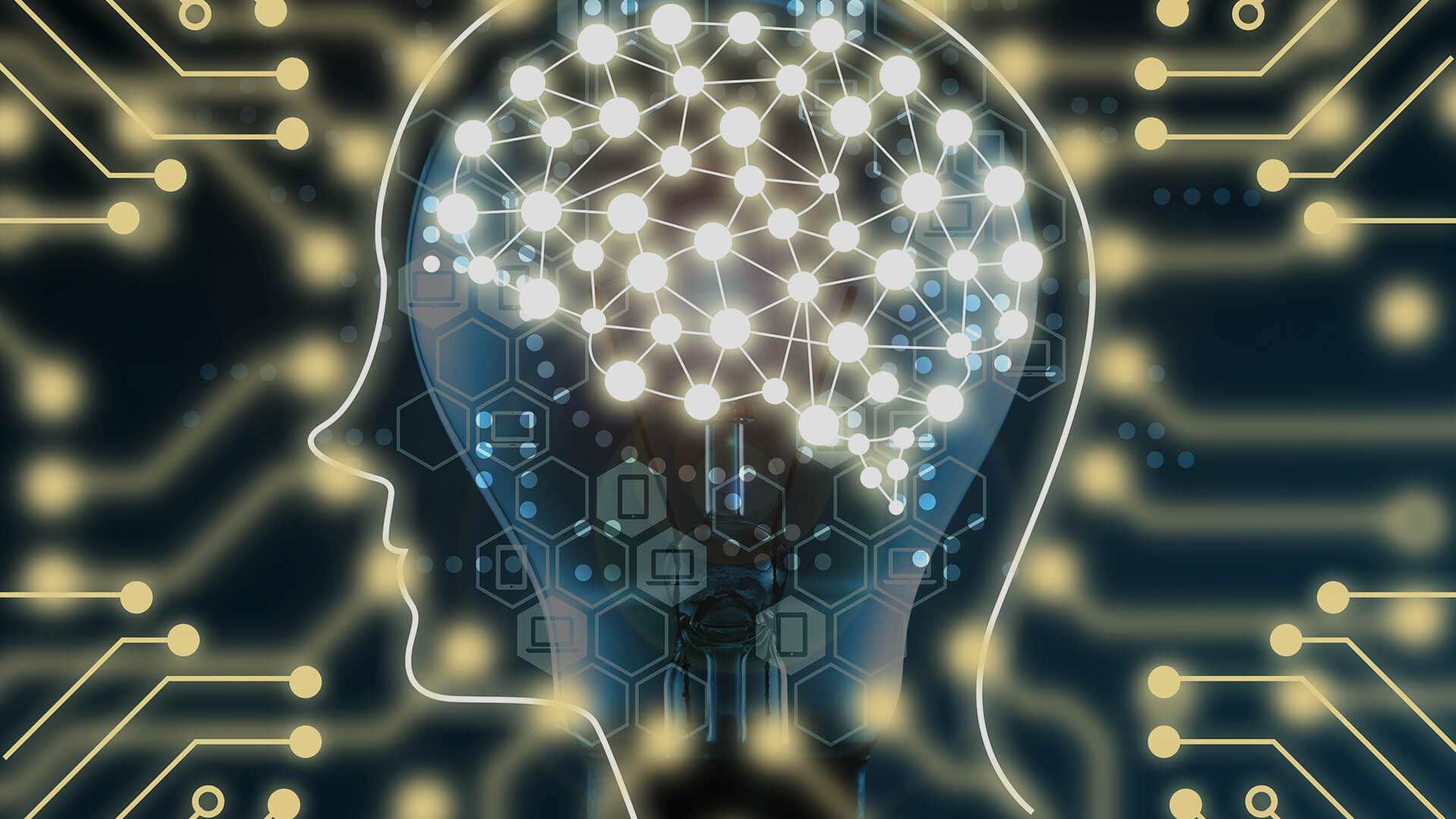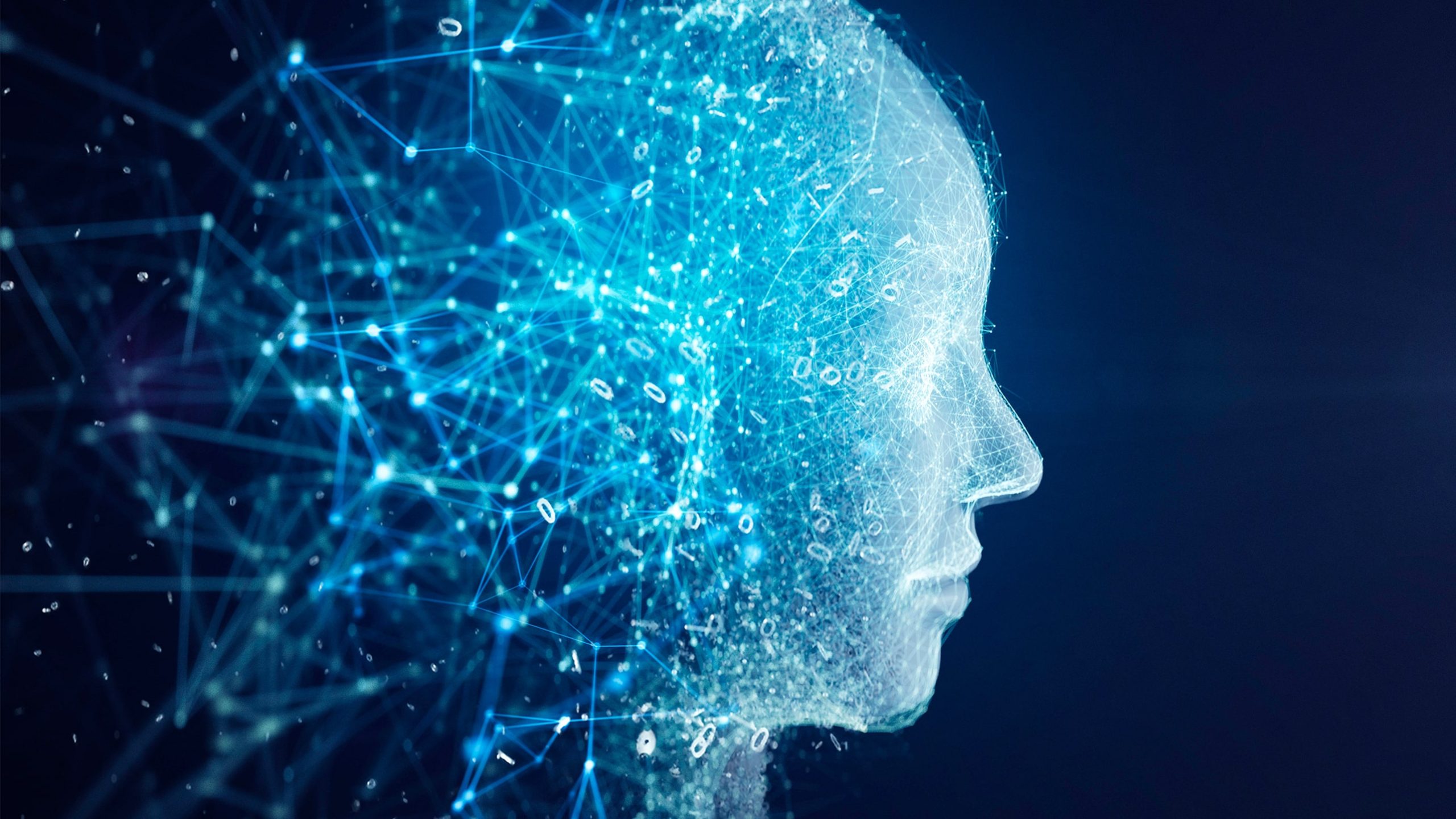Deep learning-based methods have the following advantages over traditional methods in the field of image recognition:

Feature Extraction
- Automatic and Efficient: Traditional methods require manually designing feature extractors, relying on professional knowledge and experience, and need to be redesigned for different tasks. In contrast, deep learning algorithms can automatically learn deep and abstract feature representations from a large amount of image data without human intervention, greatly saving manpower and time costs.
- Strong Feature Robustness: The features extracted by deep learning models are more robust to image translation, rotation, scaling, and illumination changes, and can adapt to image recognition tasks under different scenarios and conditions. For example, in face recognition under different illumination conditions, deep learning models can better extract the key features of the face, while traditional methods may lead to inaccurate feature extraction due to illumination changes.
Accuracy
- High Recognition Precision: Deep learning algorithms can utilize large-scale training data for learning, continuously optimize the model by increasing the depth and the number of nodes of the network, and thus achieve higher image recognition accuracy. In some complex image recognition tasks, such as medical image diagnosis and natural scene image recognition, the accuracy of deep learning models far exceeds that of traditional methods.
- Strong Ability to Handle Complex Images: Traditional methods often have unsatisfactory results when dealing with complex backgrounds, object occlusions, deformations, etc., while deep learning models can better cope with these complex situations and accurately identify the target objects in the images as well as their positions and categories. For example, in the recognition of vehicles and pedestrians in traffic scenes, deep learning models can still complete the recognition task well even when there is partial occlusion.
Generalization Ability
- Adapt to Different Scenarios: Deep learning models can learn more general features and patterns by being trained on a large number of images with different scenarios and data types, thus having better generalization ability and being able to adapt to new, unseen image scenarios and changes. Traditional methods, on the other hand, often overfit specific scenarios and datasets, and their performance drops significantly on new datasets or application scenarios.
- Good Scalability: Deep learning algorithms can be conveniently expanded and optimized by increasing the number of network layers, adjusting the network structure and parameters, etc., to adapt to the changing image recognition needs and more complex tasks. Traditional methods may need to redesign algorithms and models when facing new requirements and tasks, and have poor scalability.
Learning and Training
- End-to-End Learning: Deep learning supports an end-to-end learning approach, directly learning and optimizing from the original image data to the final recognition result, avoiding the problems caused by the separation of feature extraction and classifier design in traditional methods and improving training efficiency and model performance. For example, in image classification tasks, deep learning models can directly learn from image pixels to category labels without intermediate steps of manual feature extraction and selection.
- Quick Learning and Adaptation: With the increase of new data and computing resources, deep learning models can quickly learn and update model parameters and optimize their performance to adapt to new application scenarios and changes in data distribution. Traditional methods need to manually readjust parameters and algorithms when facing new data and changes, and have a slower learning and adaptation speed.
Efficiency and Real-Time Performance
- Strong Parallel Computing Ability: Deep learning models can utilize hardware such as GPUs for parallel computing to accelerate the training and inference processes, having an advantage in large-scale image data processing and scenarios with high real-time requirements. With the continuous progress of hardware technology, the training and inference speeds of deep learning models are still constantly increasing.
- Great Potential for Model Optimization: By continuously improving the network structure, optimizing algorithms, and adopting model compression techniques, the operational efficiency and real-time performance of deep learning models can be further improved, enabling them to meet the real-time image recognition needs in more practical applications.
Although deep learning has many advantages in image recognition, it also has some limitations, such as the need for a large amount of labeled data, relatively high requirements for hardware equipment, and relatively poor model interpretability. However, with the continuous development of technology and in-depth research, these problems are gradually being solved.








